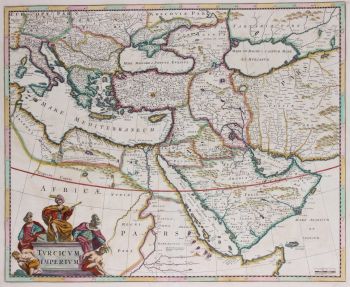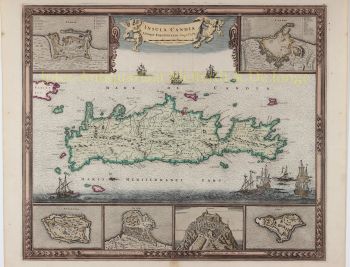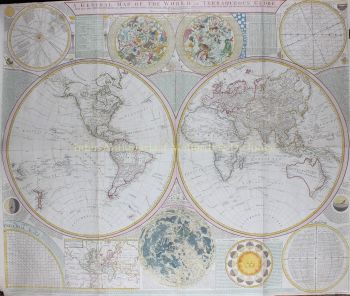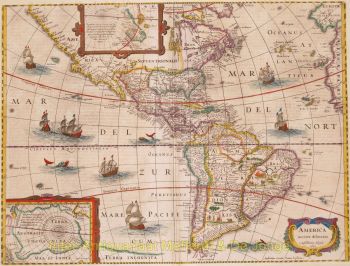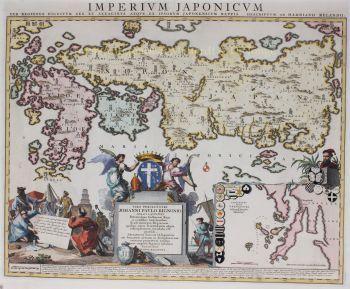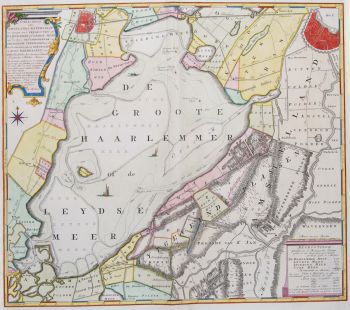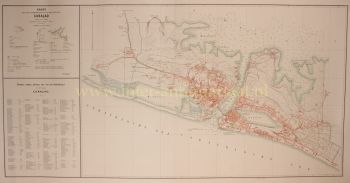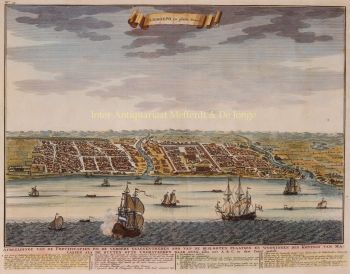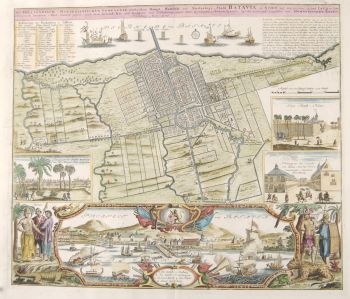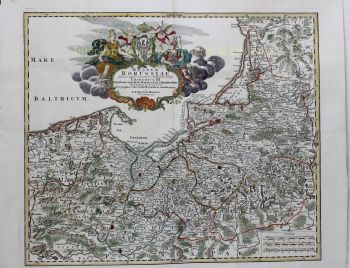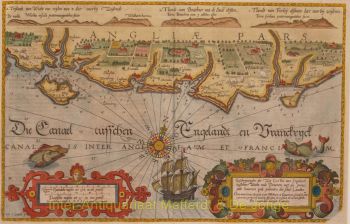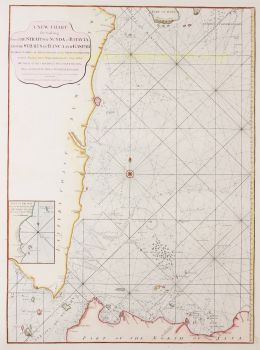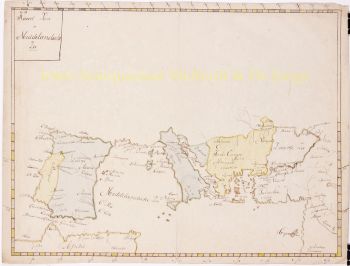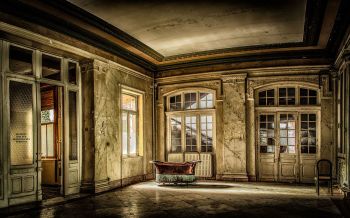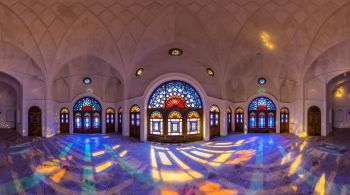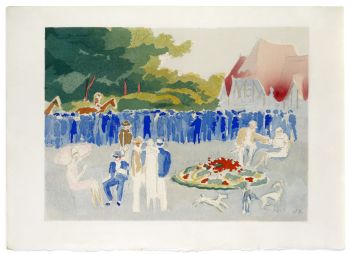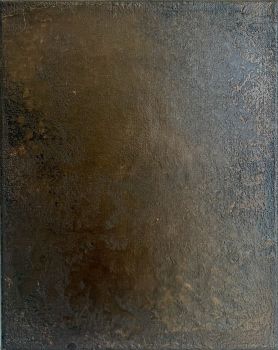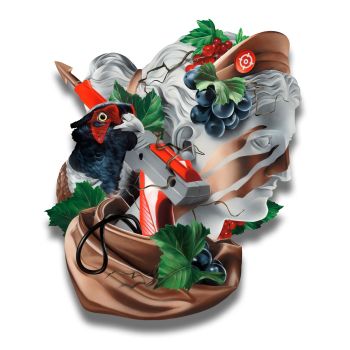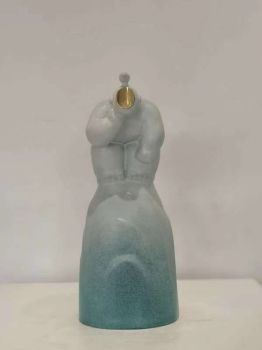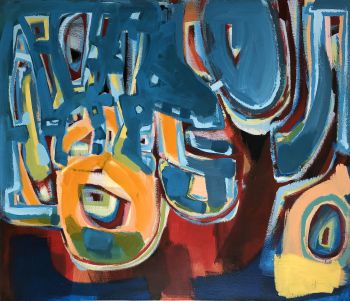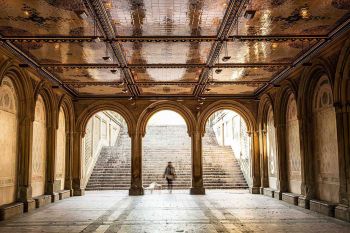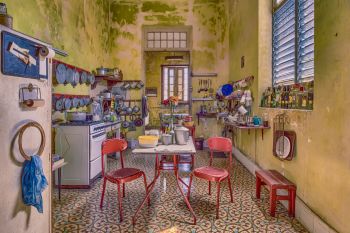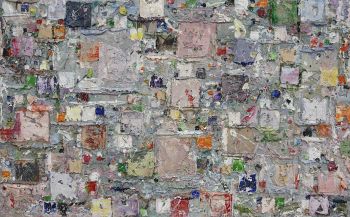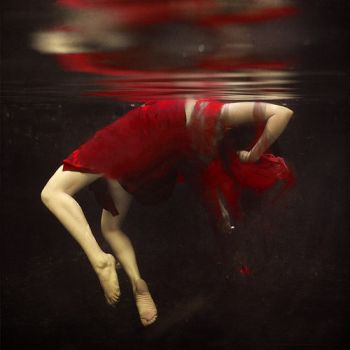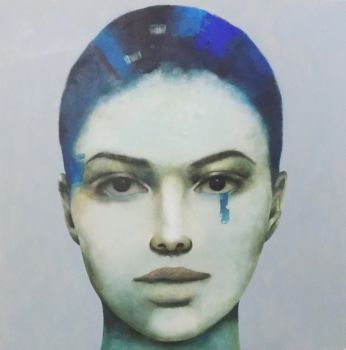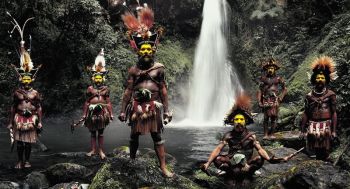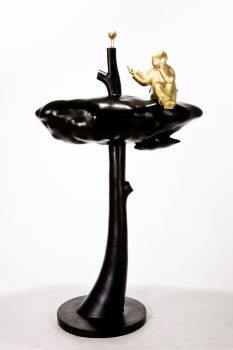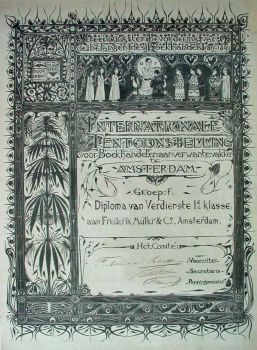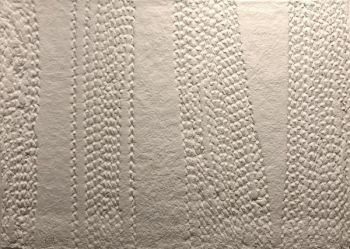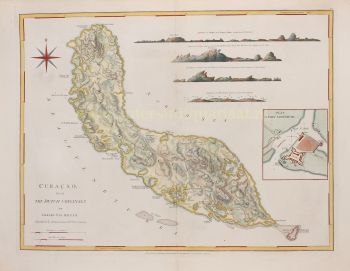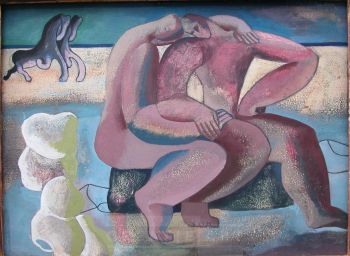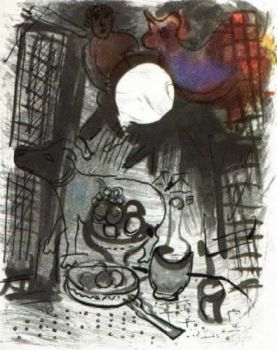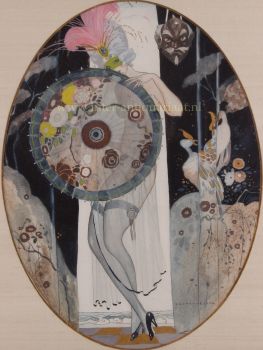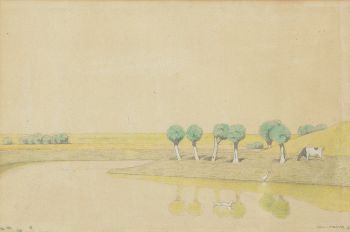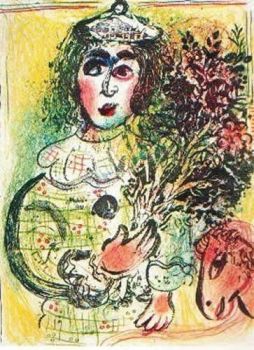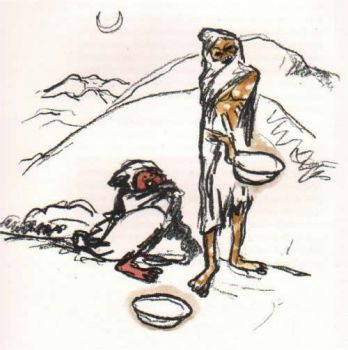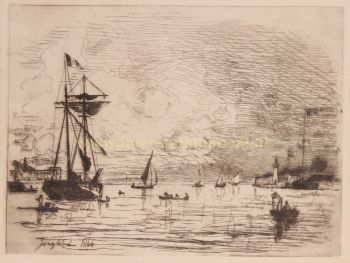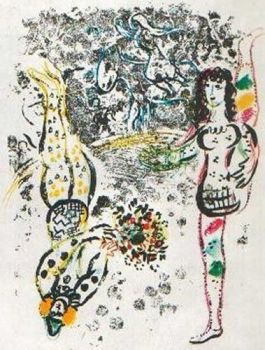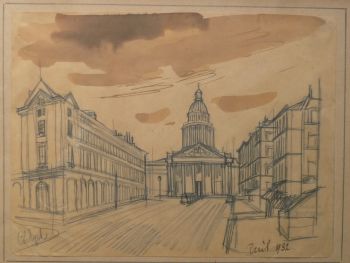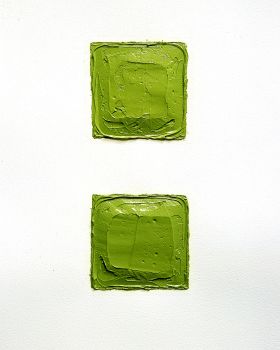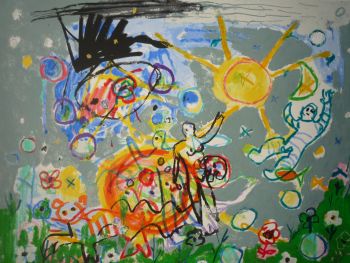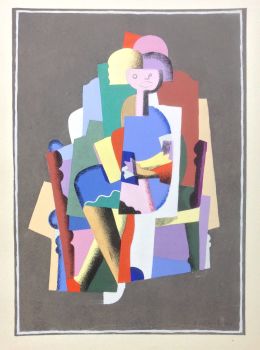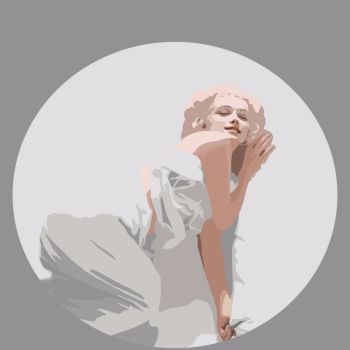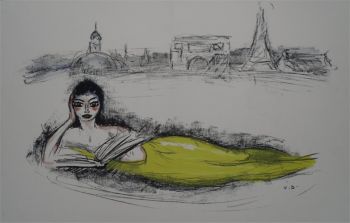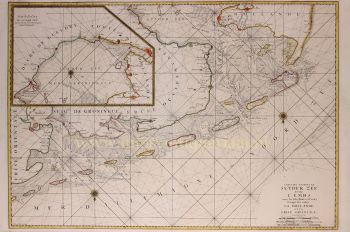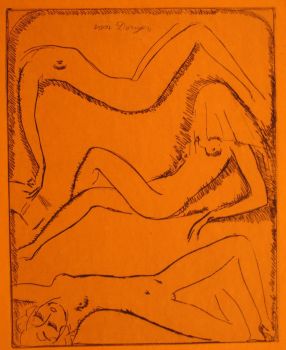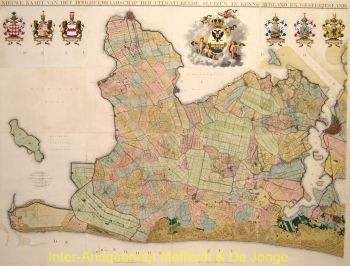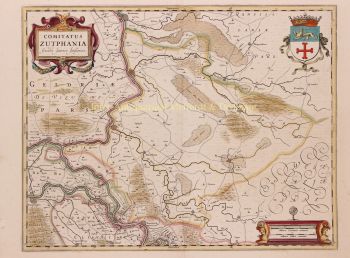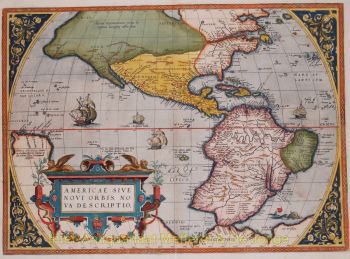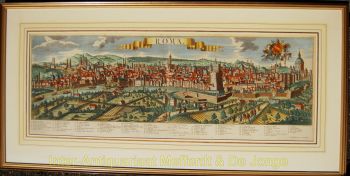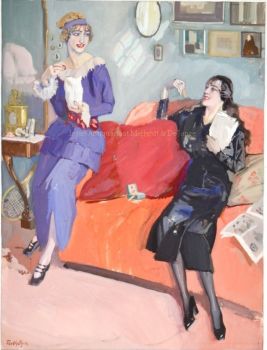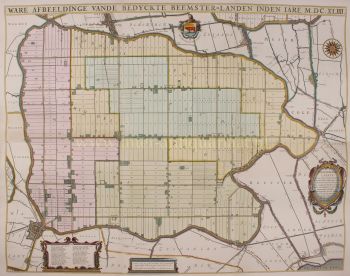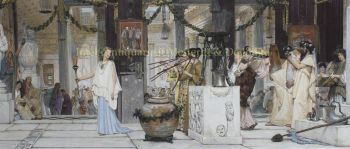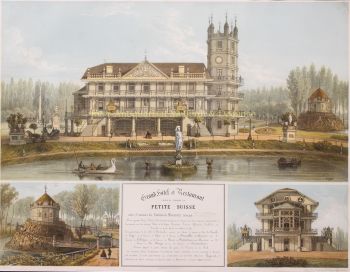Mapa del mundo 1660
Frederick de Wit
Papel
€ 11.500
Inter-Antiquariaat Mefferdt & De Jonge
- Sobre la obra de arteNova Totius Terrarum Orbis Tabula. Copper engraving made by Frederick de Wit 't Amsterdam in de Calverstraat inde Witte Pascaart 1660, published in De Zee-Atlas Ofte Water-Wereld of Hendrik Doncker in Amsterdam from 1660 to 1670. With original hand colouring. Size: 47 x 56 cm (plus margins). This was De Wit's first world map. He derived it from the two hemisphere maps from Blaeu's wall map of 1648, reducing them in scale and making some changes. (Joan Blaeu's own smaller world map with two hemispheres can be found here.) The upper corners contain northern and southern celestial maps and the lower corners show north and south polar projections. In the bottom center are astronomical diagrams -- a geocentric one on the left and a Copernican one on the right. The top center vignette shows the sun encircled by a zodiacal ring. Between the maps and diagrams are four vignettes with allegorical depictions of the Four Elements (air, fire, earth and water). The map also includes Baroque decorations of garlands of fruit and flowers. A magnificent example of the art of mapmaking, this map is one of only 19 reproduced in color in Rodney Shirley's major scholarly work on world maps of the 15th to 17th centuries. In accompanying text, the author states that "[e]specially when richly coloured, De Wit's map is one of the most decorative standard-size maps of the time and it is much less commonly found than his three other atlas world maps." Frederick de Wit (1630-1706) was founder of a prominent map publishing firm in 17th century Amsterdam, the golden age of Dutch cartography. The De Wit family both published their own atlases and supplied maps to other cartographers such as Hendrik Doncker. Reference: Rodney Shirley (1983)- "The Mapping of the World: Early Printed World Maps 1472-1700", p. 421, plate 311. Price: Euro 11.500,- (incl. frame)
- Sobre el artistaFrederik de Wit nació como Frederik Hendriksz. Nació en una familia protestante alrededor de 1629, en Gouda, una pequeña ciudad de la provincia de Holanda, una de las siete provincias unidas de Holanda. Su padre, Hendrik Fredericsz (1608 - 29 de julio de 1668) era un adjunto (fabricante de mangos de cuchillos) de Amsterdam, y su madre Neeltij Joosten (m. Antes de 1658) era hija de un comerciante en Gouda. Frederik se casó el 29 de agosto de 1661 con Maria van der Way (1632-1711), hija de un rico comerciante católico de Ámsterdam. Desde aproximadamente 1648 hasta su muerte a fines de julio de 1706, De Wit vivió y trabajó en Amsterdam. Frederik y Maria tuvieron siete hijos, pero solo un Franciscus Xaverius (1666-1727) les sobrevivió. En 1648, durante el apogeo de la Edad de Oro holandesa, De Wit se había mudado de Gouda a Amsterdam. Ya en 1654, había abierto una imprenta y una tienda con el nombre "De Drie Crabben" (los Tres Cangrejos), que era también el nombre de su casa en Kalverstraat. En 1655, De Wit cambió el nombre de su tienda a "Witte Pascaert" (la carta blanca). Bajo este nombre, De Wit y su firma se hicieron conocidos internacionalmente.
¿Está interesado en comprar esta obra de arte?
Artwork details
Related artworks
- 1 - 4 / 4
Artista Desconocido
A large wall map of Asia by Nicolas de Fer 1647 - 1720
Precio a consultarZebregs & Röell - Fine Art - Antiques
1 - 4 / 24- 1 - 4 / 24
Gerrit Willem Dijsselhof
Certificate of the Association of Booksellers1886 - 1924
Precio a consultarKunsthandel Pygmalion
Rene Rietmeyer
"Netherlands, The Hague, March 2002"2002
Precio a consultarEuropean Cultural Centre Collection
1 - 4 / 24- 1 - 4 / 12


